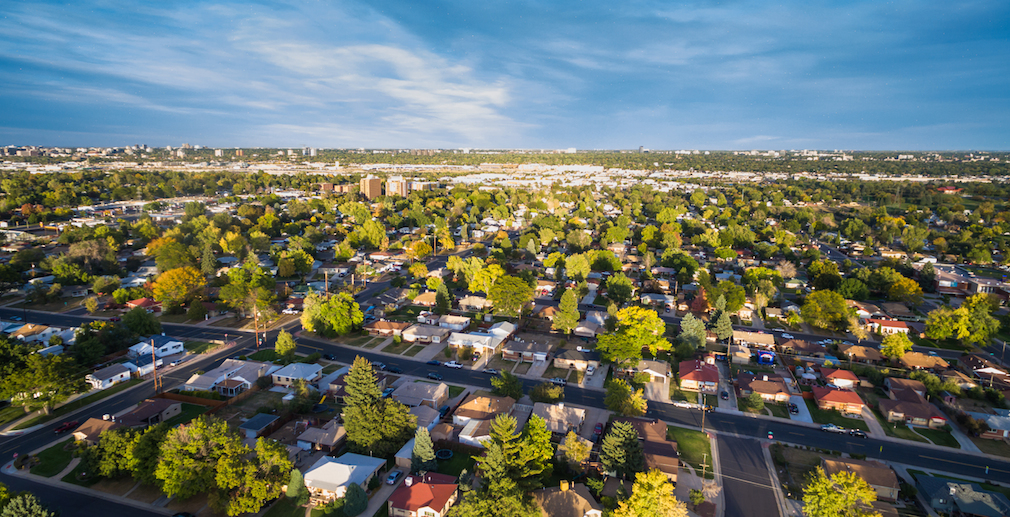It’s no secret that California’s economy is large – so large that its $2.7 trillion financial system ranks fifth in the world, championing the United States' national economy.
But as the U.S. continues to grapple with an oncoming economic slowdown, the UCLA Anderson Forecast, which examines signals of weaker economic growth, shows there are several economic factors that might weaken California’s booming housing market within the next year.
“Home prices are falling in California, as is the level of building, and mortgage rates are higher, yet the fundamentals would suggest that there would be a surge in buying,” UCLA Anderson Forecast Director Jerry Nickelsburg said.
And Nickelsburg is right, according to the latest Traditional Housing Affordability Index produced by the California Association of Realtors. The index indicates that the percentage of homebuyers that can afford to buy a median-priced, existing single-family home increased to 28% in the fourth quarter of 2018.
“Lower seasonal home prices allowed more Californians to afford a home purchase in the fourth quarter of 2018 compared to the previous quarter, but higher interest rates pushed affordability lower compared to the previous year,” CAR writes.
In fact, across the state, it took a minimum annual income of $122,340 to even qualify to buy a median-priced, single-family home costing $564,270.
However, the report notes that although home prices are sliding, rising mortgage rates are preventing Californians from entering its buyers’ market.
Interestingly, Redfin revealed in its migration report that West Coast markets are experiencing an exodus of homebuyers who can’t afford the cost of living in expensive markets like California.
“Rising mortgage rates are exacerbating affordability issues that have been driving people out of expensive coastal metros for the past few years,” Redfin Chief Economist Daryl Fairweather said in a statement. “With rates no longer near historic lows, buyers are increasingly cost-conscious, seeking more affordable homes in low-tax states in the South and middle of the country.”
So, what does this mean for California going forward? Nickelsburg suggests it could result in a longer cooldown that could stretch into 2020.
“With our national forecast for slowing economic growth, continued discussion on when the next recession will be, and the Fed indicating that the peak of the interest rate cycle could be near, we now expect weaker housing markets into 2020,” Nickelsburg writes. “As a consequence, our forecast for housing starts in 2019 and 2020 has been revised downward, with a recovery in building beginning in 2021.”







